Good Afternoon,
I've been asked by Buzz to contribute to this cricket forum to give all you fanatics an insight into the world of willow. You will have to bear with me as the computer is not my natural habitat as will become apparent in this blog. Having had my arm twisted at Lords several times I've agreed to show you just what goes into the cultivation and production of the bat you cherish. My company might not be so keen to show the truth behind the PR statements but I've been involved for so many years I've come to ignore such waffle. I cannot answer each and every question as I loathe the tie to a desk but when I can and the missus allows I'll try my best to help. In the meantime I'll attempt to inform you with a stage by stage process of the story of the willow.
Setts & StoolsThe life of the willow tree is an unbroken cycle, at the very start the sett is taken from a stool which in itself is the only salvaged part of the tree after felling. The stool is a cut section of clean upper branch from a strong healthy tree and planted in close proximity to other stools. The reason behind this close planting is that you want the growth from the stool to be forced upwards and this promotes a straight sett. The aim is to have a multitude of tall straight setts ready for cutting and planting. The sett will have growth on it in the form of bud and small formative branches, everything bar the top crown can be cut off and will not affect the growth of the young tree.
The sett is taken to the site to be planted or replanted and simply forced into a small hole made by a bar to a depth of approximately 2/3ft and ALWAYS with a guard on it, willow bark is the drug of choice for woodland animals.
I enclose a photo of a newly planted sett and also one of the crown of the sett.

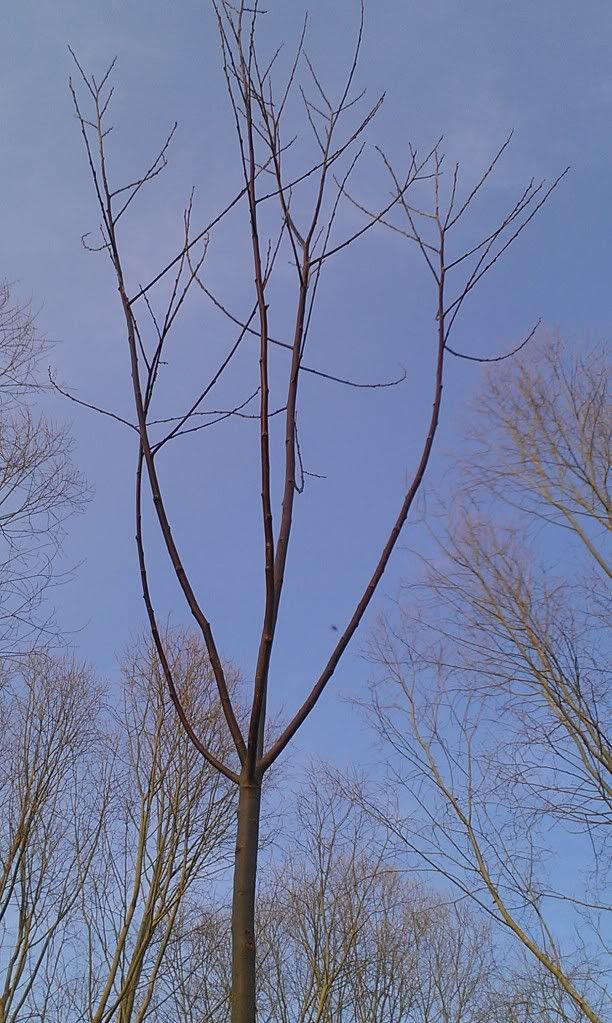
The planting season for setts has always been early December to late February to allow them to take well in the soil. Once plated the first signs of growth will require the first of many visits to keep the trunk clean from all growth, a unkempt trunk is worthless to the grower but will still be used and produces the low grade bats required in Asia. At first the land owner will need to clean the trunk at least 3 times ayear, 4 is better but in my experience once is about they will get from the average one. The early year's might see problems in the form of crows taking out the crown for nests and rot appearing from poorly cleaned setts, thankfully the losses are small and can be replaced without disruption to the plantation.
Soon they will thicken and start to straighten.
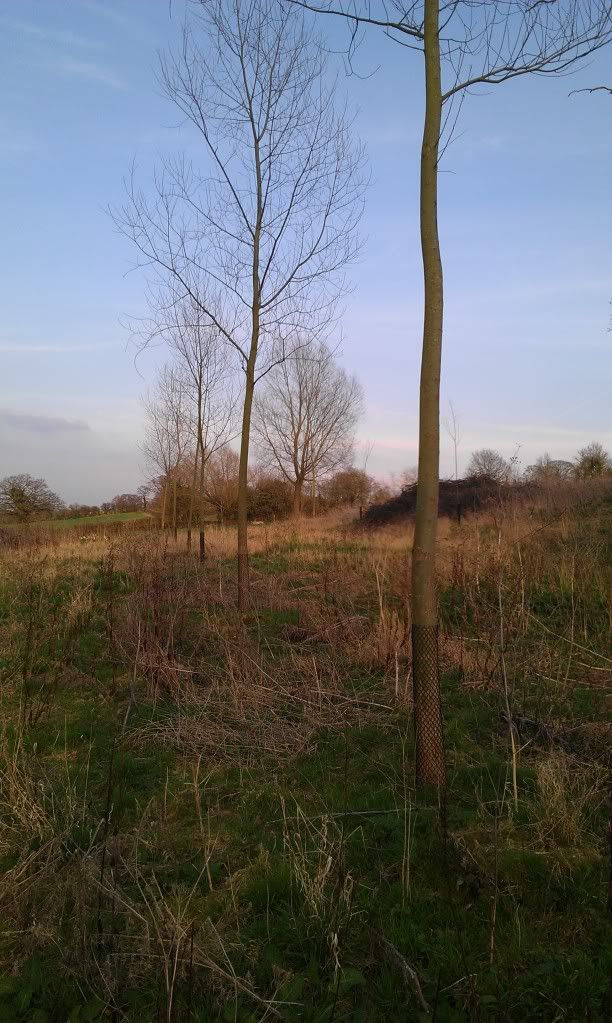
The bark will form a smooth green hue and is not disimilar to Ash in appearence.
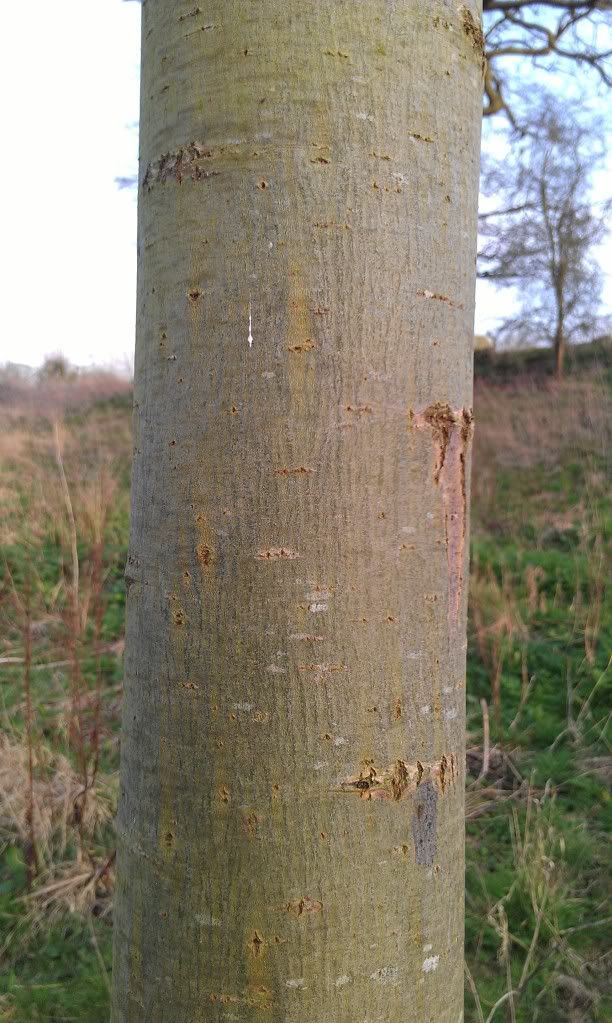
There is little to do now save keep making frequent visits to the plantation to keep the trunk clean, as the crown develops you can trim the upper trunk and gain an extra 5ft of clean trunk at the slight risk of suffering storm damage through hyperextention of the trunk in high winds.
As the tree grows the bark starts to harden and form the distinctive pattern looked for as a sign of good health.
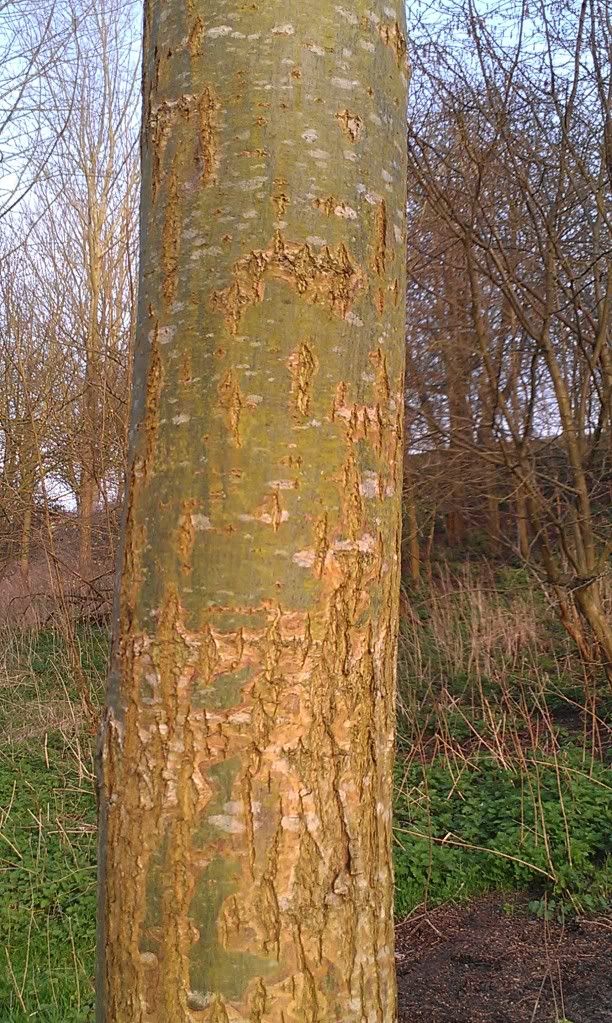
Then after 10+ years the trunk is how we see it at felling, with a open bark pattern.
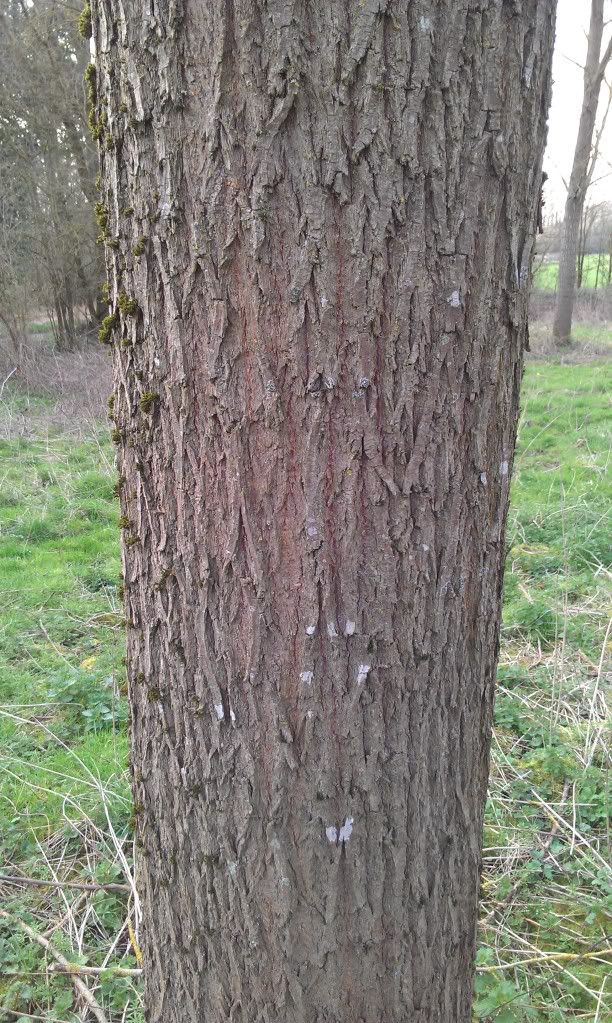
A good clean trunk will produce top grade bats if looked after from the start.

If the upper trunk is straight but unkempt it will be used such is the demand for willow overseas but the resulting growth will form large dead knots inside the trunk and can lower a bat from first grade to bottom. Much growth will actually form and then die back as it poor light compared to the crown so the knot will be either rotten or have fallen out of the cleft completely. Live knots will still lower the grade but are easier to work.

All you can hope for is a good land owner who has the sense to look after his investment as there is no better sight for me than a plantation of clean managed tree's awaiting felling.

I will move onto the felling of the tree and all the acts leading to it becoming a bat next time.

 Author
Topic: Willow Tree Blog (Read 11254 times)
Author
Topic: Willow Tree Blog (Read 11254 times)
